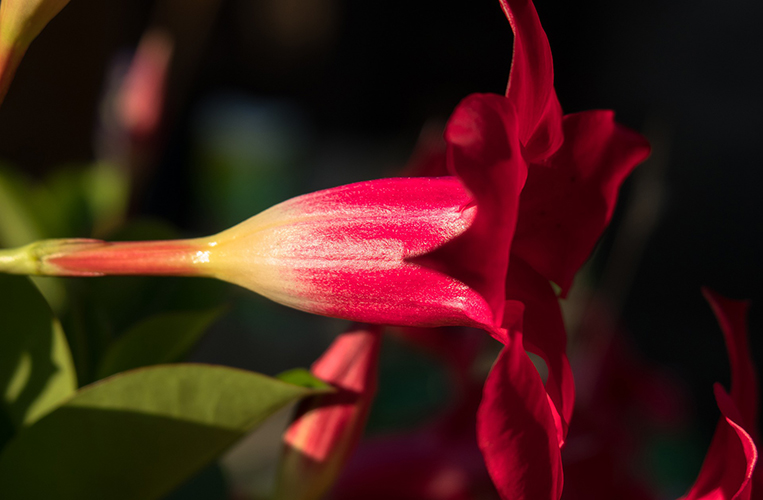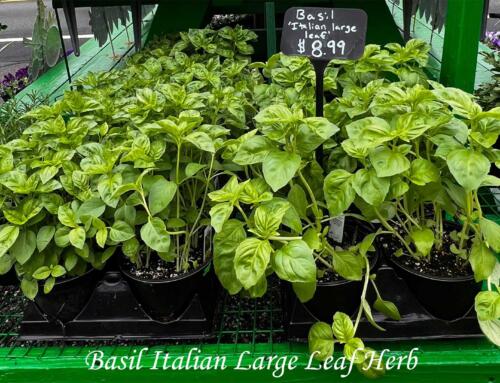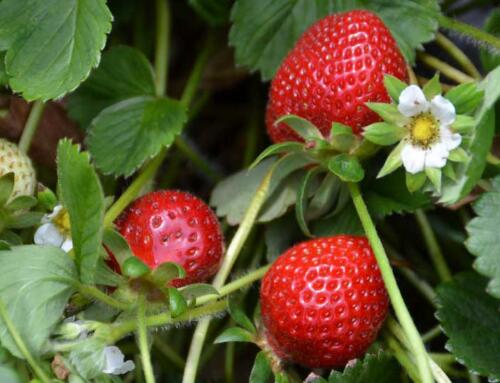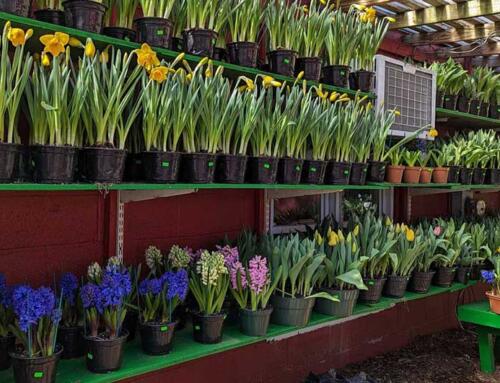Mandevilla
Mandevilla Vine: Tips For Proper Mandevilla Care
Oh my gosh! What is that? It’s beautiful. These common statements are often heard around the patio during summer gatherings or family get-togethers. Mandevilla has become a common and stunning patio plant. It’s brilliant flowers of reds, pinks and whites add a tropical flair to any landscape and/or garden setting. But once you purchase one you may find yourself at a loss as to how to properly care and grow this plant species.
 Usually when you get your mandevilla it’s a lush green plant just bursting with blossoms and flowers. You may wish to plant it in the garden soil, but they also make for excellent container plants and focal accents on the porch or patio. Whichever way you go, remember they need sandy, well drained soil with a good amount of organic matter mixed within. Such a mix usually consists of a blend of two parts peat moss or potting soil to one part builder’s sand. We have excellent growing mediums available for you also if you need them.
Usually when you get your mandevilla it’s a lush green plant just bursting with blossoms and flowers. You may wish to plant it in the garden soil, but they also make for excellent container plants and focal accents on the porch or patio. Whichever way you go, remember they need sandy, well drained soil with a good amount of organic matter mixed within. Such a mix usually consists of a blend of two parts peat moss or potting soil to one part builder’s sand. We have excellent growing mediums available for you also if you need them.
Another important aspect of mandevilla care is the amount and type of light made available to them. While they definitely need some shade, they relish bright, indirect light which can be filtered sunlight. Bear in mind that when placed in direct full sun they can and suffer burn after lengthy exposure to such light.
To achieve the maximum output of flowers throughout the summer give them a high phosphorus and water soluble fertilizer approximately every two to three weeks. We have such fertilizers available at the garden center if you don’t have any at home. This feeding will keep your mandevilla blooming superbly.
One more thing you can do is to pinch your vine which will create a more bushier growth habit. To do so you need only take your fingers and pinch off about 1/4 to 1/2 inch of each stem. Because of their growth habit and being a vine, some sort of trellis or support is highly recommended.
Tips For Overwintering Mandevilla
Being a tropical plant, mandevilla won’t survive outdoors in our climatic growing area. However with a little effort you can overwinter them just fine, therefore growing them in containers is the optimum way to go. Seeing as how they won’t tolerate temperatures below 45 to 50 degrees they must be brought inside until spring once again arrives. Thus you can grow it as a houseplant until them. Simply trim the plant to a more manageable size and place it where it will receive plenty of bright sunlight at room temperatures. Try to keep it away from heat sources as this may dry it out quickly.
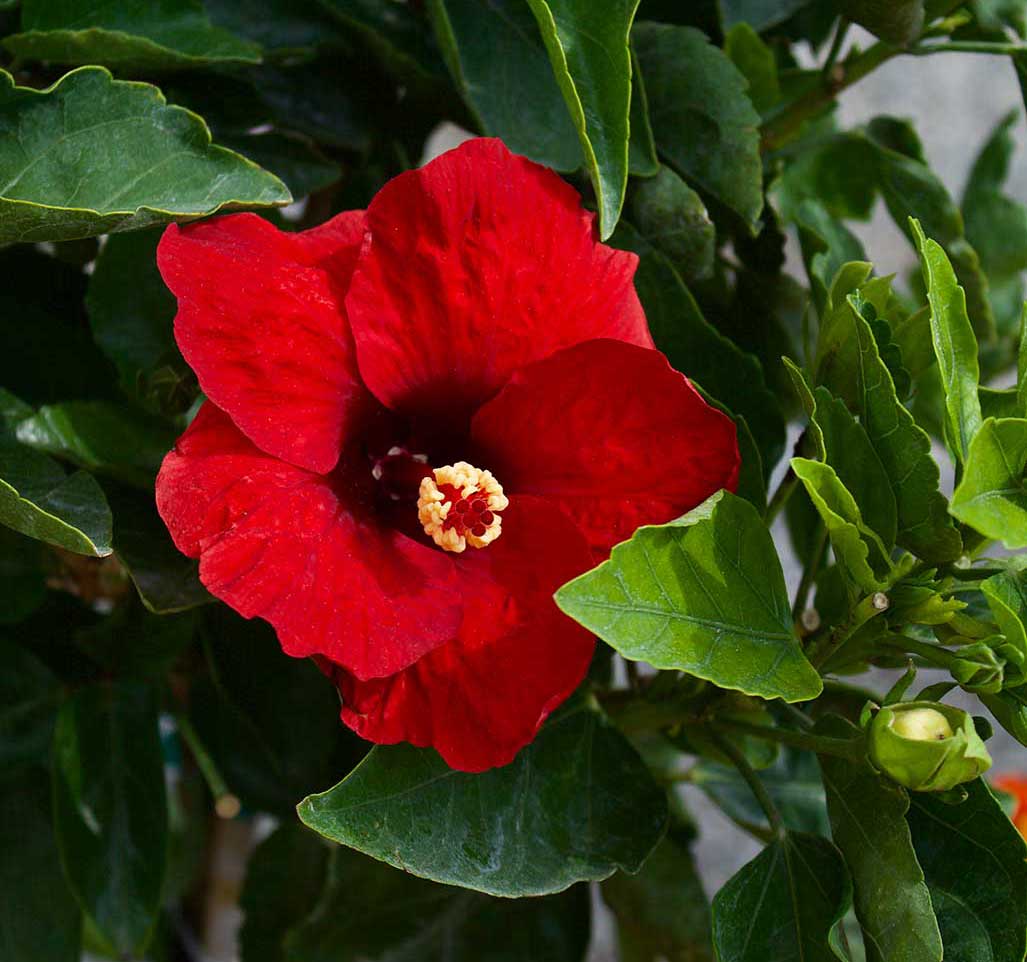 Water the plant every week and continue trimming to maintain its shape and size. One thing to keep in mind is they rarely bloom during the winter, so don’t expect blossoms and flowers. If you don’t have adequate space or can’t meet the light requirements to sustain growth, you can bring in your mandevilla and store it in its dormant state.
Water the plant every week and continue trimming to maintain its shape and size. One thing to keep in mind is they rarely bloom during the winter, so don’t expect blossoms and flowers. If you don’t have adequate space or can’t meet the light requirements to sustain growth, you can bring in your mandevilla and store it in its dormant state.
To do so simply place the plant in the sink and thoroughly soak the soil to wash out any pests that may have tagged along inside. Then cut the plant back to about 10 to 12 inches. Failing to do so will result in yellowing and significant dropping of the leaves which is completely normal. Next place the plant in a sunny location where temperatures are between 55 and 65 degrees. Water sparingly over the winter months, giving your mandevilla only enough water to keep the potting mix from going completely dry.
Follow this routine until you see the early spring growth appearing. This indicates to you that the plant is coming out of dormancy. Move the plant immediately to a warmer, sunnier location and resume normal watering and fertilization. Once the outdoor temperatures remain consistently above 60 degrees you can move your plant back outside. Before you do so however, you may wish to move it into a larger pot or container with fresh potting soil, mix and/or growing medium.

